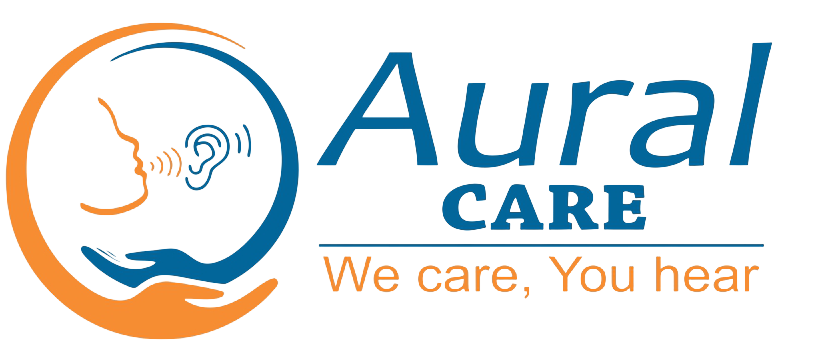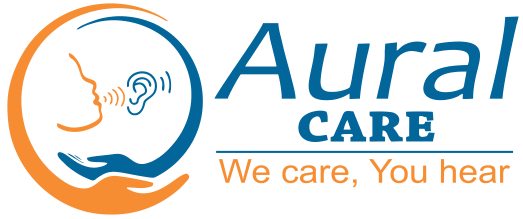Hearing is one of the five essential senses to connect to the world. The audiometry Test is a pivotal tool to measure an individual’s ability to hear sounds, aiding in the detection of hearing loss and other auditory issues. Let’s delve deep into the blog to understand what an audiometry test is, its procedures, and its significance in the medical realm.
Understanding Audiometry in Hearing Acuity
Definition of Audiometry
Audiometry is a branch of audiology to measure an individual’s hearing acuity. This measurement is typically conducted using specialized equipment to determine the faintest tones a person can hear at varying frequencies. In simple words, audiometry is the test where a person’s hearing capacities are measured.
Historical Background
The roots of audiometry trace back to the early 20th century. As technology advanced, so did the methods of assessing hearing. Today, audiometry tests have become more accurate, aiding in the early detection and management of hearing impairments by the help of hearing aid clinics.

Types of Audiometry Tests
Audiometry isn’t a one-size-fits-all test. Depending on the individual’s needs, various types of audiometry tests are administered.
Pure-Tone Audiometry
This is the most common form of audiometry. It assesses the faintest tones a person can hear at different pitches or frequencies. The results are plotted on an audiogram, providing a visual representation of hearing ability and also gives you the potential hearing loss.
Speech Audiometry
This test evaluates how well a person can hear and repeat back words. It’s crucial for understanding the practical implications of hearing loss in daily conversations.
Tympanometry
Tympanometry tests the functioning of the middle ear. It measures the movement of the eardrum in response to changes in air pressure, helping detect issues like fluid buildup or eardrum perforations.
Otoacoustic Emissions (OAE) Testing
OAE tests measure sound waves produced in the inner ear. It’s especially useful for testing hearing in newborns and infants who cannot respond to traditional audiometry tests.
The Importance of Audiometry in Hearing Aid Clinics
Early Detection of Hearing Loss
Hearing loss can be gradual, making it hard to notice. Regular audiometry tests ensure early detection, allowing for timely interventions.
Monitoring Hearing Health
For individuals exposed to noisy environments or those with existing hearing issues, periodic audiometry tests help monitor any changes or deterioration in hearing.
Guiding Treatment Plans
The results from audiometry tests guide audiologists and ENT specialists in crafting effective treatment plans, be it hearing aids, surgeries, or other interventions.
Preparing for an Audiometry Test
Pre-Test Guidelines
- Avoid Loud Noises: Refrain from exposure to loud sounds 16 hours before the test.
- Inform About Medications: Some drugs can affect hearing. One should inform the audiologist about the medications.
What to Expect During the Test
- Quiet Environment: The test is conducted in a soundproof room.
- Use of Headphones: You’ll wear headphones through which sounds or words are played.
- Response Mechanism: Typically, you’ll be asked to press a button or raise your hand when you hear a sound.
Interpreting Audiometry Results
Understanding the Audiogram
An audiogram is a chart that plots hearing sensitivity. The vertical axis represents loudness in decibels (dB), while the horizontal axis shows frequency in hertz (Hz).
Degrees of Hearing Loss
- Normal Hearing: 0-25 dB
- Mild Hearing Loss: 26-40 dB
- Moderate Hearing Loss: 41-55 dB
- Moderately Severe hearing Loss: 56-70 dB
- Severe Hearing Loss: 71-90 dB
- Profound Hearing Loss: 91+ dB
Audiometry in Different Age Groups
Pediatric Audiometry
Children, especially infants, require specialized tests like OAE or behavioral audiometry to assess hearing accurately. Finding the root cause can help you prevent the major loss in the near future.
Adult Audiometry
Standard pure-tone and speech audiometry are typically used for adults, providing comprehensive insights into their hearing health.
Geriatric Audiometry
With age, hearing can deteriorate; it can’t be reversed. Regular audiometry tests for the elderly help in managing age-related hearing loss effectively.
Exploring Cutting-edge advancements in Widex Hearing Aid Technology
Limitations of Audiometry Tests
Factors Affecting Accuracy
- Environmental Noise: Even minor noises can affect results. So soundproof space is needed to perform the assessment.
- Patient Fatigue: Tiredness can lead to inconsistent responses. Continuous hearing can affect the patient’s fatigue.
- Equipment Calibration: Regular maintenance ensures accurate readings. Maintenance is necessary.
Understanding False positives and negatives
Sometimes, patients might respond when they haven’t heard a sound (false positive) or not respond when they have (false negative). Ensuring alertness and understanding during the test minimizes these occurrences. The test done by healthcare professionals can measure the entire diagnosis.
If you’re looking for a Best Hearing aid Clinic or Hearing Aid Service in Kolkata, then this is the right place for you.
Contact us
Post-Test Procedures
Discussing Results with Audiologists
Post-test, the audiologist will explain the results, highlighting any areas of concern and suggesting next steps.This needs to be detailed in a professional hearing aid clinic.
Next Steps and Treatments
Depending on the results, treatments can range from hearing aids (searching for “hearing aid machine provider near me” can help locate providers) to medical interventions. Brands like Phonak and Starkey are renowned for their quality hearing aids. For repairs, looking up “hearing aid repair near me” ensures timely fixes.
Frequently Asked Questions (FAQs)
- How often should one undergo an audiometry test?
It’s recommended to have an audiometry test every few years, especially if you’re exposed to loud environments or notice changes in hearing.
- Is the audiometry test painful?
No, the audiometry test is non-invasive and painless.
- Can I wear my hearing aids during the test?
Typically, the test is conducted without hearing aids to assess natural hearing ability.
- How long does the audiometry test take?
On average, the test lasts between 30 minutes to an hour.
- Are there any side effects of the audiometry test?
No, the test is safe with no known side effects.
- Where can I find quality hearing aids?
Searching for “best quality hearing aids” or specific brands like “phonak hearing aids near me” or “starkey hearing aids near me” can guide you to reputable providers.
Conclusion
The Audiometry Test stands as a cornerstone in the realm of auditory health. Whether it’s guiding someone towards the best quality hearing aids or aiding in medical interventions, the significance of audiometry cannot be overstated. Regular check-ups, awareness, and proactive measures can maintain our sense of hearing and remain sharp, connecting us seamlessly to the world around us.


